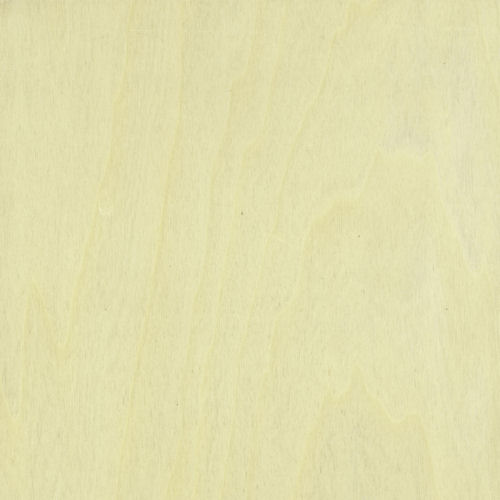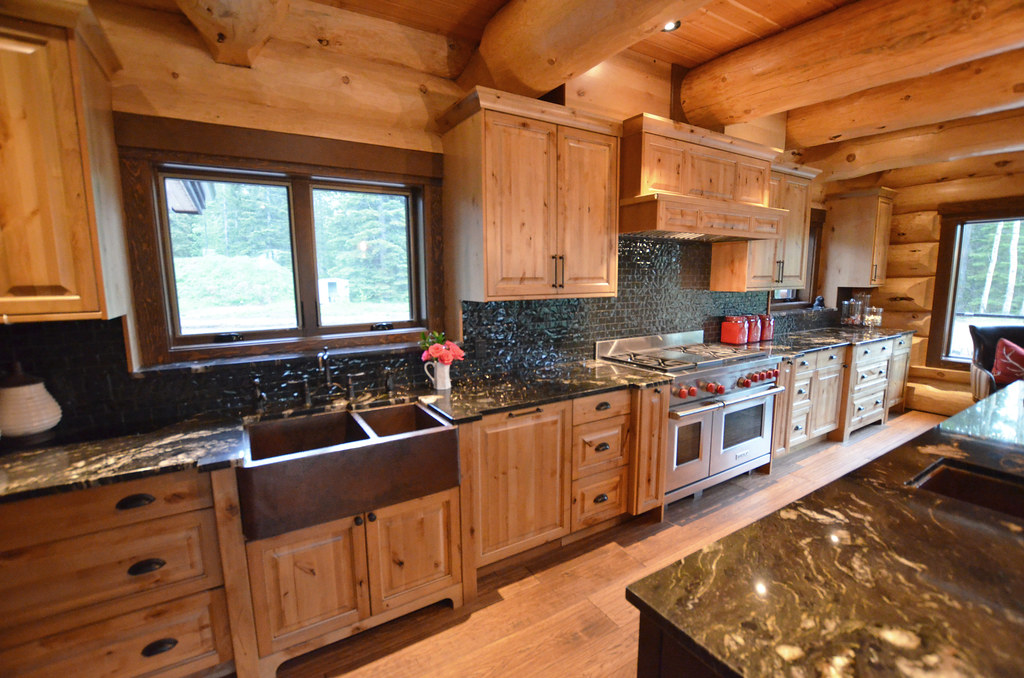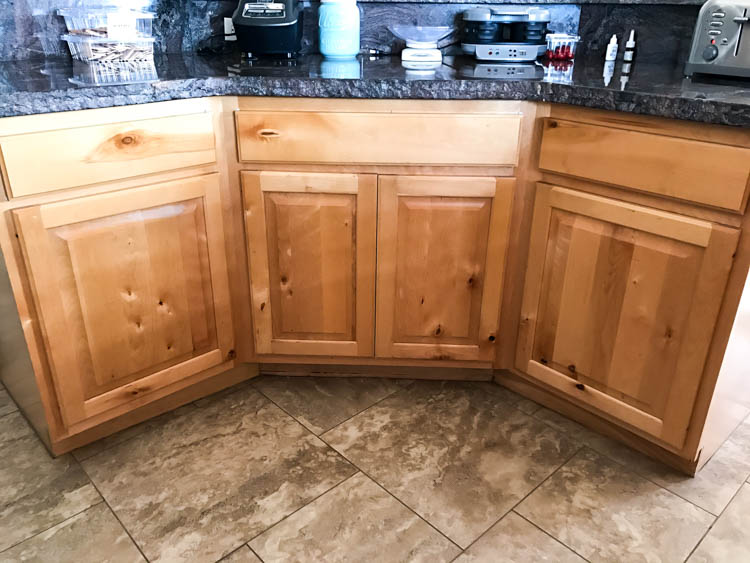Aspen
[Populus tremuloides]
A deciduous tree native to cooler areas of North America, Aspen is actually the most widely distributed tree on the continent — growing in nearly every Canadian province, in the United States from Alaska to New Mexico and east to Minnesota and Indiana, as well as the high-altitude regions in Central Mexico.
And everywhere it’s found, Aspen has a calming, peaceful effect. A tall, slender, graceful tree with smooth, pale whitish bark – often scarred with black – the distinctive leaves of the Aspen quiver or tremble in the slightest breeze. Producing such a pleasing, natural sound, it’s sometimes referred to as “Quaking Aspen,” “Trembling Aspen,” or “Trembling Poplar.”
A fast-growing tree beloved for its golden to yellow leaves in autumn, the Aspen was historically important for many indigenous people of North America, providing poles, canoe paddles, bowls, aspirin, and soap created by mixing the ashes of the wood with animal fat. Early pioneers also relied on Aspen for building log cabins and dugouts.
Maybe more interesting, though, is that rather than propagating through seeds, the Aspen does so primarily through root sprouts, often creating extensive clonal colonies. Because each tree in the colony shares identical characteristics and a single root structure, they’re all considered part of the same organism — sometimes to astonishing effect. In southeastern Utah, an Aspen clonal colony named “Pando” covers over 43 hectares of land (106 square miles). Its extensive root system weighs an estimated 13 million pounds, and it’s been alive nearly 80,000 years — making it one of the heaviest, oldest organisms on the planet.
And yet, Aspen is one of the most elegant earthlings as well. Its nearly white sapwood tends to gradually blend into its creamy to light greyish brown heartwood. And its grain is generally straight with a fine, even, uniform texture.
Easy to work with, Aspen is a popular choice for a wide variety of applications, including wood veneer sheets, custom plywood, doors, millwork, kitchen utensils and chopsticks, boxes, crates, and sauna laths due to its low heat conductivity.
Species Distribution:
Canada
United States
Central Mexico
Common / Alternative Names:
Quaking Aspen
Trembling Aspen
American Aspen
Mountain Aspen
Golden Aspen
Trembling Poplar
White Poplar
Popple
Janka Hardness:
350 lbf
Sustainability Status:
CITES Appendices: Not listed
IUCN Red List of Threatened Species: Not listed
Related Species:
White Poplar (Populus alba)
Balsam Poplar (Populus balsamifera)
Eastern Cottonwood (Populus deltoides)
Bigtooth Aspen (Populus grandidentata)
Black Poplar (Populus nigra)
European Aspen (Populus tremula)
Black Cottonwood (Populus trichocarpa)









